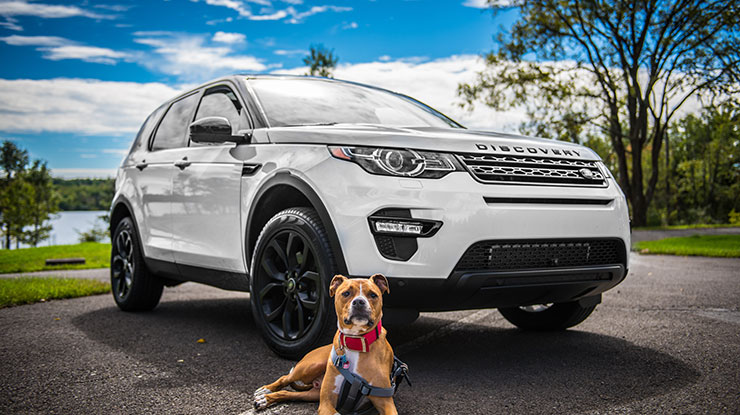
4 Triggers that May Cause Travel Anxiety in Dogs
Like people, dogs will differ in what triggers their travel anxiety. Most of the time, this anxiety stems from not understanding what’s happening or associating an undesirable location, like a boarding facility or veterinarian's office, with car travel. Here are four main triggers that could be causing your pet’s anxiety and solutions to remedy the problem.
1. Medical Issues
Travel anxiety can be a sign of an underlying medical issue your pet has. Dogs with illnesses such as hypothyroidism, hearing loss, and pre-diabetes may experience anxiety associated with their illness. Aging dogs can also develop travel anxiety if changes in their body are tied to their nervous system. If your pet has an underlying medical issue, take her to a veterinarian for an examination—otherwise, her condition and stress might worsen.
2. Past Trauma
Pets can develop fears at any time, though they’re most prone to develop phobias when they’re between the ages of one and three years old. If they were mistreated as puppies, they might have developed a fear of traveling and leaving the safety of the house. To determine the cause of a dog’s trauma, and to seek out proper treatment, pet owners should take their pets to a pet trainer or veterinarian. These specialists can help figure out why your pet has anxiety and the best way to desensitize or treat her.
3. Fear of the Destination
Sometimes your pet’s anxiety may be less about the mode of transportation and more about the destination. If the only time you travel with your pet is to take her to the vet, the groomer’s, or a boarding facility, she might have developed a fear of traveling.
One simple way to combat this type of travel anxiety is to prevent your pet from looking out the car window and keeping her in the front footwell of the car. This location is ideal because it’s closest to the lowest point of the car, which moves the least. Some other things you can do include speaking to your pet in a calm, soothing voice, keeping her in a crate next to you, or bringing her favorite toy along for the ride.
If your dog suffers from extreme travel anxiety, a long-term approach may be necessary. To gradually increase the amount of time you spend in the car with your dog, start by keeping the car in park and having your pet join you in the backseat as you give her treats. Once your dog is comfortable in a parked car, the next stage might be to take her on a small trip down the street followed by a reward. Continue to build up the length of each trip to desensitize your pet to the motion and stress of traveling.
4. Loud Noises or Disturbances
Your dog may develop anxiety if there are consistent sensory triggers around her. For example, if your dishwasher constantly rattles, your programmable thermostat lights up every time the temperature changes, or your children are constantly screaming, your pet may get into the habit of wanting to hide away in a quiet place to avoid the commotion. To relieve them of these disturbing sounds and lights, fix any broken appliances as soon as possible, attend to flickering lights, and encourage your children to use indoor voices. Additionally, you may want to invest in a noise-cancelling dog kennel or anti-anxiety pressure wraps to help prevent additional anxiety and stress in your pet.










